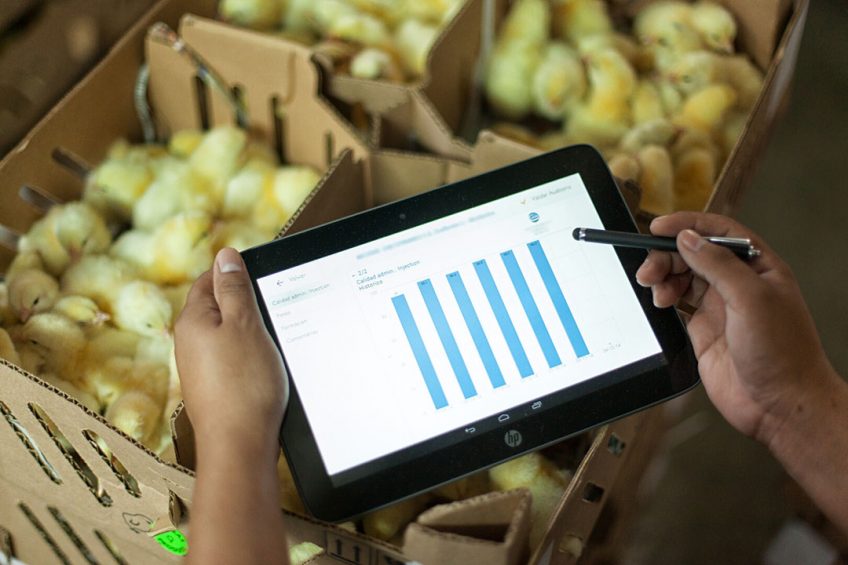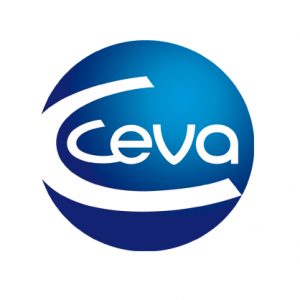Benefits of a monitoring program on vaccination quality

Studies have shown the significant benefits of having a hatchery vaccination monitoring program in place, not only improves the vaccination quality for the birds but also has a positive economic impact for the companies involved.
Vaccination in the hatchery is the best option to perform mass vaccination under a controlled environment. Indeed, the better control and standardisation of the overall vaccination process performed in one place and conducted by well-trained personnel, will result in higher vaccination quality, better health and welfare compared with the different types of on-farm vaccination.
As for any other process in the value chain, the implementation of procedures to ensure the good practices, specific training modules for personnel, and the execution and control methods are essential to succeed. This is equally applicable for hatchery vaccination. Without any control in the vaccine administration process, all benefits of the vaccines used cannot be translated into results.
The positive impact of a hatchery vaccination program
A recent publication in the Poultry Science Journal in 2020, showing a research done by the University of Padua (Italy) and the University of Thessaly (Greece) in cooperation with Ceva Animal Health, have statistically demonstrated that vaccination monitoring will result in a significant improvement of the vaccination quality for the protection of the birds and ultimately for the economic performances of the companies involved*.
Results from hatchery vaccination audits
Over a period of 4 years, the effect of multiple controls based on 1678 audits on hatchery vaccination performances were assessed in 169 hatcheries, located in 11 European countries. Those controls were performed by specifically trained professionals using a dedicated application on a tablet.
The research has shown the variation in the scores between last and first visit plotted against the number of performed audits (visits), that is positively representing the improvement particularly on vaccine preparation and spray administration quality indicators (Figure 1). Injection equipment was stable because as mentioned in the article, the equipment was installed for a long-time and the impact on the improvements is less visible in a routine way.
Figure 1 – Scatter plot reporting the variation in global and partials cores between last and first visit plotted against the number occurred visits. A regression line and relative 95 confidence interval (shaded area) have been superimposed.

Click here to enlarge this figure
The C.H.I.C.K. Program
Since the implementation of the C.H.I.C.K. program by Ceva already more than 10 years ago it has proven its value for hatcheries, farmers, integrations, and poultry producers. Today more than 175 well trained specialists in 40 countries are performing audits and supporting hatcheries in about 60% of the hatcheries worldwide. This results in over 8000 highly valued audits and reports annually. During the audits, the different parameters are scored, using a dedicated mobile application, and the results are stored in a dedicated database. The results are reported in a graphical way to the hatchery management, comparing them with past performances and as benchmarking. The hatchery status is discussed with the responsible personnel and the managers, potential actions are suggested, and the results followed up in the next visit. The on-the-spot training and improvements and the reporting to the hatchery management results in the improvement of the critical points.

Quality Code of Practice
Moreover, the activity of Ceva’s qualified professionals is structured by a Quality Code of Practice for which compliance is testified by an independent external auditing company (Bureau Veritas Group). Currently, all Ceva Group affiliates with Poultry teams hold a Quality Recognition given by this testing and certification company. Indeed, year by year, our teams go through dedicated audits to prove that there is mastering of the good hatchery vaccination practices in customer hatcheries.
Many significant improvements observed
The positive effect of a vaccination monitoring program on vaccination quality was then demonstrated by the mentioned publication, that clearly demonstrates the benefits of an objective evaluation of hatchery performances through a standardised questionnaire in the C.H.I.C.K program using a dedicated application, followed by discussion with personnel and management on the required actions. The results were a significant improvement of the vaccine administration performances, and by effect a reduction of the occurrence of infectious disease. The C.H.I.C.K program improves animal health, animal welfare and ultimately production performances and economics.
Authors: Paola Cruz-Dousdebes, Global Vaccination Services and Wessel Swart, Europe, Vaccination Services & Equipment; Poultry Franchise, Ceva Santé Animale, France
* No good vaccination quality without good control: the positive impact of a hatchery vaccination service program. Poultry Science 99: 2976-2982. https://doi.org/10.1016/j.psj.2020.03.017






